Adaptive optics and ground-to-space laser communications
$ 10.00 · 4.7 (121) · In stock
The relationships between laser communication system parameters and adaptive optics system parameters are addressed. Improvement in optical signal propagation between space-based receivers and ground-based transmitters is possible with adaptive optics systems that compensate for a few degrees of freedom. Beginning with the relationship between optical signal fade and surge and the atmospheric log-amplitude variance and coupling to expressions that combine adaptive optics systems performance with the reduction in log-amplitude variance, system level examinations of the effects of adaptive optics can be done. Examples are given that show the advantageous reduction in signal fade and surge when adaptive optics are built into the optical system.
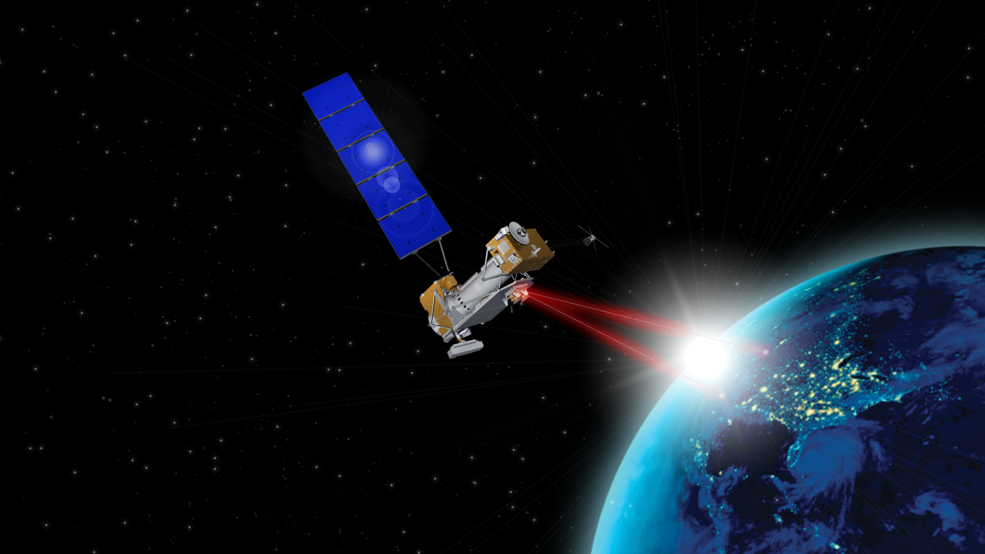
Integrated Optical System
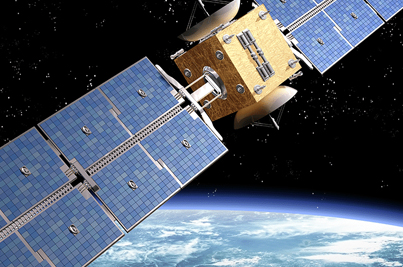
Orbital Systems project aims to boost optical space comms
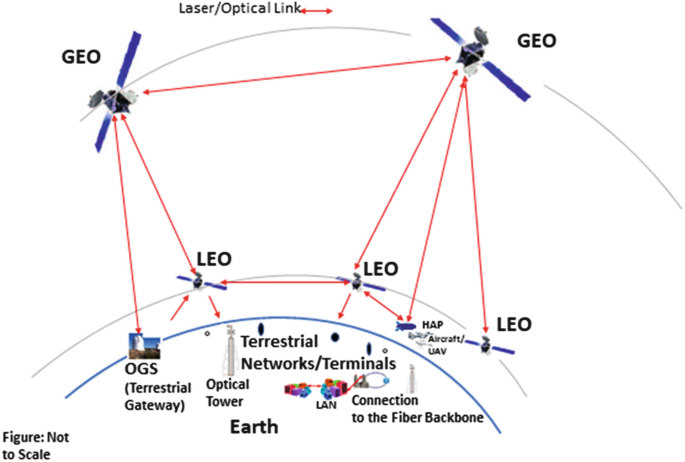
Laser Satellite Communications: Fundamentals, Systems, Technologies, and Applications
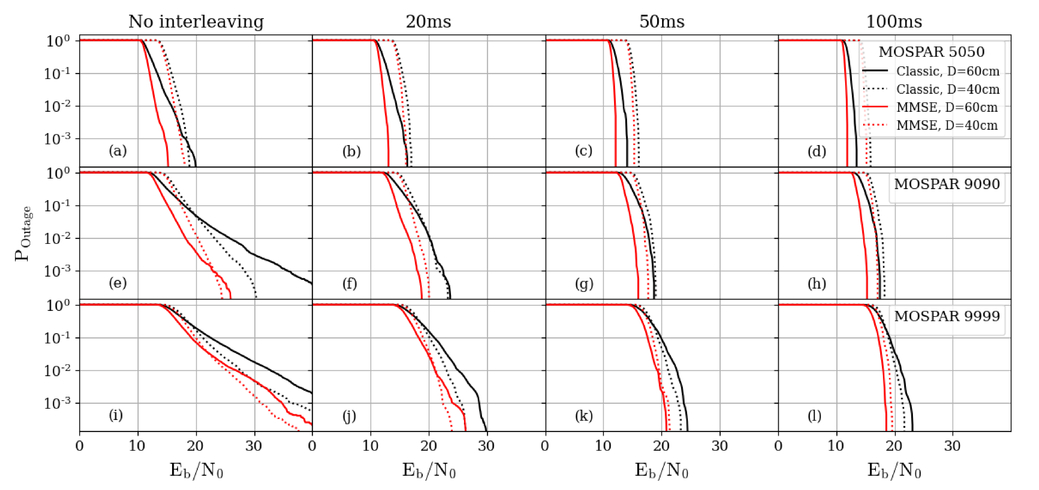
Optimisation of the pre-compensation phase for GEO-feeder optical uplinks

Digital modulation and coding for satellite optical feeder links with pre‐distortion adaptive optics - Dimitrov - 2016 - International Journal of Satellite Communications and Networking - Wiley Online Library
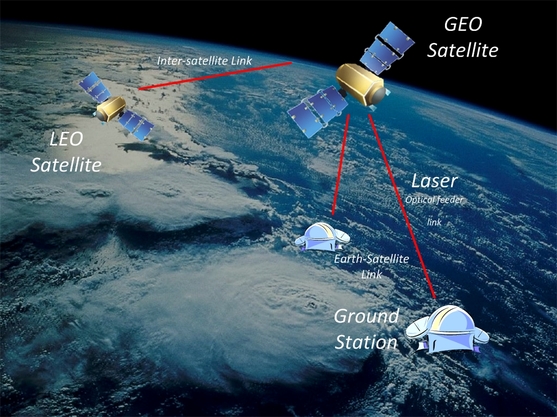
System Overview - Space Laser Communication
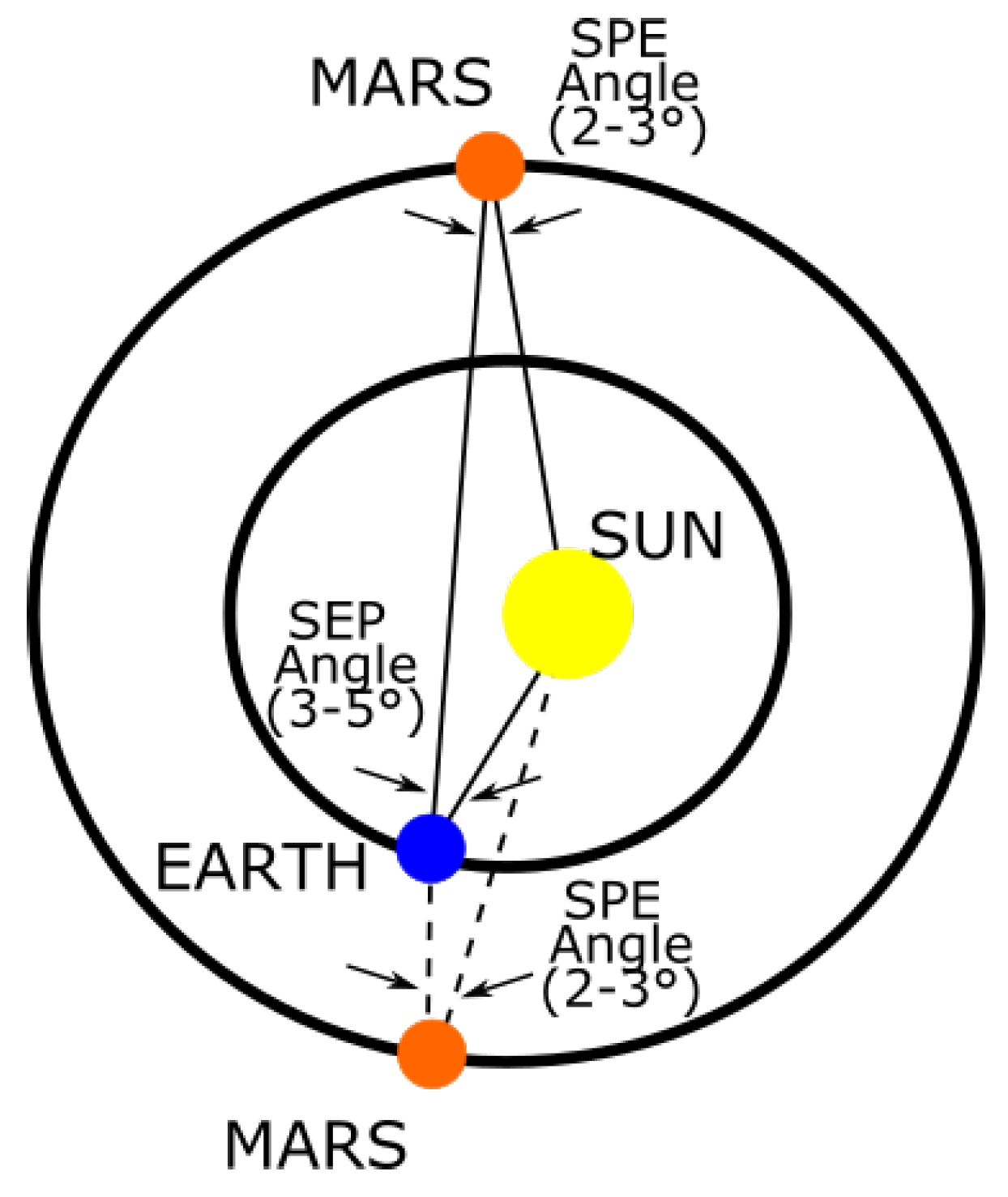
Photonics, Free Full-Text
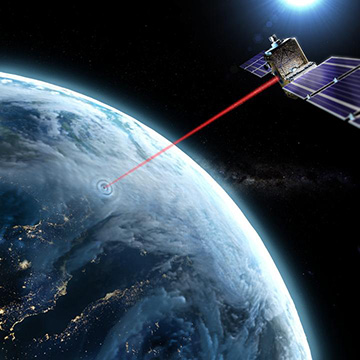
Optics & Photonics News - A Cloud-Piercing Laser for Communications

Adaptive optics effect on performance of BPSK-SIM oceanic optical wireless communication systems with aperture averaging in weak turbulence - ScienceDirect

PDF] Adaptive Optics for the Mitigation of Atmospheric Effects in Laser Satellite-To-Ground Communications